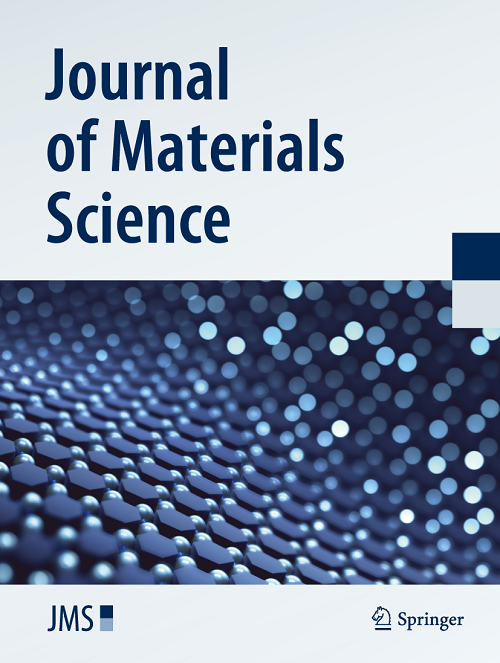Mechanism of strength-plasticity synergy in gradient nano-grained Al0.1CoCrFeNi high-entropy alloys with different grain-size gradients
Abstract
Gradient nano-grained (GNG) high-entropy alloys (HEAs) generally exhibit an excellent balance of plasticity and strength compared to homogeneous alloys, but their mechanical behaviors vary significantly with grain size distributions. This work has systematically investigated the mechanical behaviors and deformation mechanisms of GNG Al0.1CoCrFeNi HEAs with various grain-size gradients using molecular dynamics. The results have indicated that the grain-size gradient induces stress and strain gradients, and results in more dislocations and a unique multiaxial stress state, which contribute to the strength-plasticity synergy in the GNG structure. The deformation mechanism of GNG Al0.1CoCrFeNi HEA involves dislocation slip in low strain level, martensitic transformation, and twinning in high strain level. The GNG Al0.1CoCrFeNi HEA with a grain size gradient rate of n = 3 exhibits the best strength-plasticity synergy due to its significant strain and stress gradients, alongside notable deformation-induced twins and martensite. These simulation results are consistent with the strain gradient theory and some experimental reports.

 求助内容:
求助内容: 应助结果提醒方式:
应助结果提醒方式:


